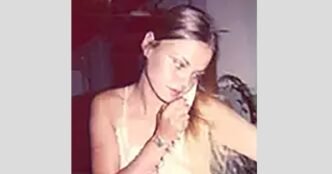The road-rage killer of an Arizona man was sentenced to 10.5 years behind bars after his victim spoke to the court, via artificial intelligence, in what could be the first-of-its-kind use of this technology, officials said Wednesday.
Maricopa County Superior Court Judge Todd Lang on Thursday gave the maximum sentence to Gabriel Paul Horcasitas for the fatal shooting of Christopher Pelkey, 37, on Nov. 13, 2021, prosecutors said.
Horcasitas, now 54, was convicted of manslaughter and endangerment earlier this year.
Lang allowed Pelkey’s loved ones to play an A.I.-generated version of the victim — his face, body and a lifelike voice that appeared to ask the judge for leniency.













